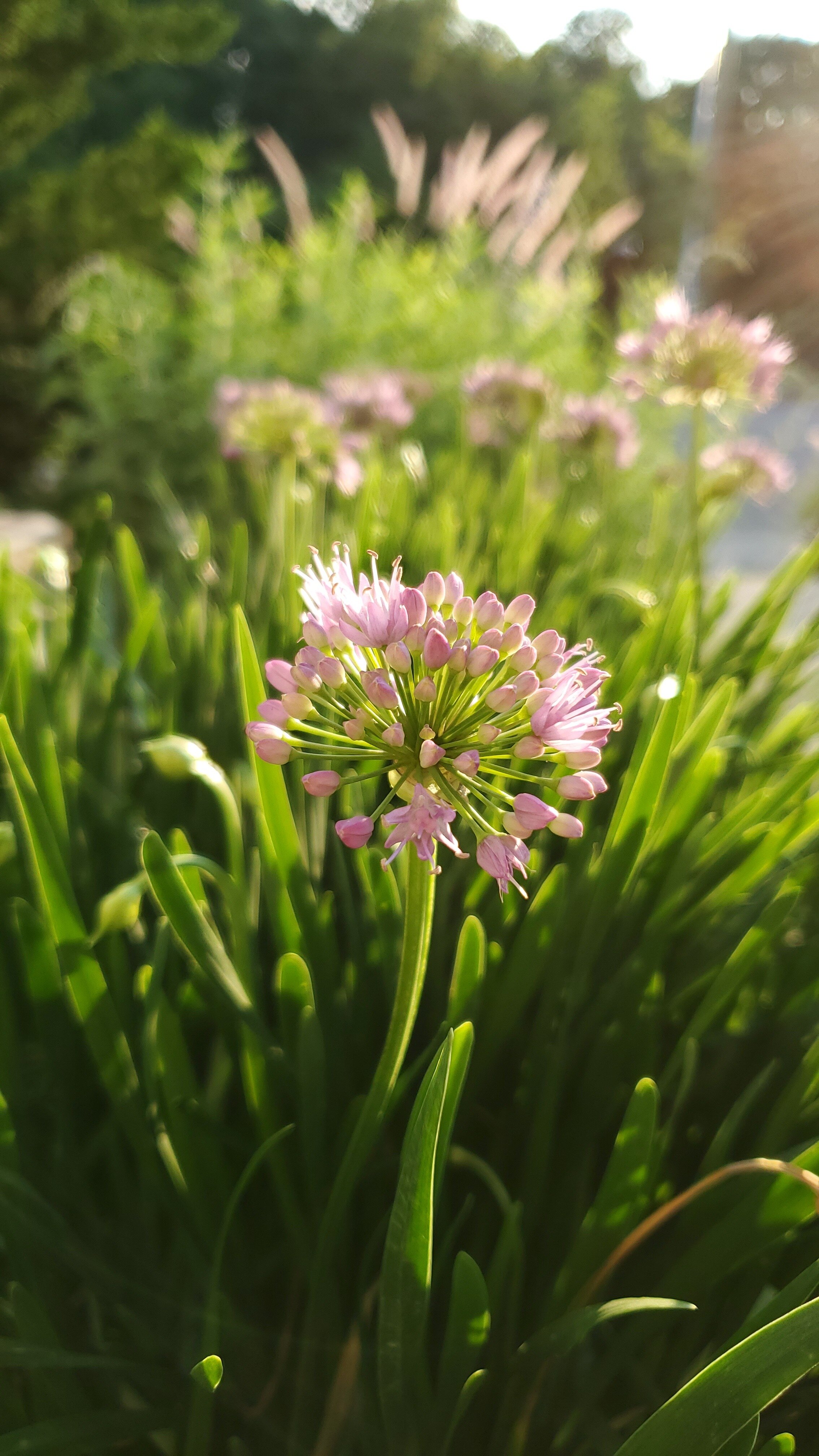Allium ‘Millenium’ - Ornamental Onion
Picture Perfect
In early summer, sweet-purple blooms unwind and erupt into weeks of flowers from none other than Alliums. Ornamental onions, aka Alliums, have been perfuming gardens for years and come in all different shapes and sizes. Millenium is an outstanding variety for those looking for a more compact perennial which has the appearance of an exploding firework albeit many of the varieties have similar firework-esk blooms!
With a pleasant onion scent, Millenium Allium was bred by Mark McDonough out of Massachusetts in 2000. With such vigor and desirable attributes, the plant was named the 2018 Perennial Plant of the Year and no wonder! We first added these to our front landscape 4 years ago and they have just been outstanding.
First Year Planting
Millenium Allium is herbaceous bulb rated for Zones 4-9. The foliage is composed of thin, rich-green blades which appear in early spring and vertically congregate throughout the growing season. Prior to the appearance of blooms, it could be mistaken for a form of Liriope however crushing a blade releases an unmistakable onion scent.
Our Milleniums live in a due West location and receive approximately 4-5 hours of morning shade with bright afternoon sun. While the plant is rated for full sun, it will certainly perform in partial, as ours have continued to enhance their blooms year after year. From a moisture requirement, they have minimal needs once established. During long periods of hot dry weather, the blades can show a bit of wilt however straighten themselves nicely after a soak. As a bulbous plant, one thing to keep in mind is they can be affected by bulb rot if grown in an overly wet location, so choose their home wisely.
First Year Planting
From a pest and fungus standpoint, Millenium has no concerns. While we have had black spot, powdery mildew and aphids affect others in the garden, the Alliums have grown without issue. No surprise though as the genus Allium, which includes onions, chives, garlic, shallots and leeks, repel insects due to their natural organic compounds. If you are interested in a more deep dive into the chemistry, I encourage you to check out Garlic and Other Alliums by Eric Block. Because of their composition, Alliums can be superb additions to the garden in areas where pests may frequent to eliminate the need for pesticides. Just be careful with placement as Alliums can be toxic to dogs and cats when consumed and can induce hemolytic anemia.
While Millenium may repel those more pesky insects, it does the exact opposite to pollinators when blooming! When purple-blooms rise and unfurl from the vertical foliage, bees, butterflies, moths and hummingbirds cannot stay away. With numerous flowers contained within each head, pollinators make their way around the circle before moving on to the next.
Red Admiral Butterfly
Eastern Black Swallowtail Butterfly
Millenium’s blooms also make a great cut flower with strong stems lending well to placement in floral arrangements. When blooming, the fireworks display last for weeks through the summer with seedheads turning a spent purple to an ultimate pale brown. Having left the seedheads to mature in the past, I have not noticed any birds foraging them for a meal and deadhead them regularly which encourages a few additional blooms.
Summer Blooms Getting Started
Just Emerging
Millenium Forest
Unwinding
Frontwalk Greeters
Perfect Evening
While not the tallest Allium by far, Millenium makes up for it with it’s array of flowers and hardy nature. Come frost, the foliage yellows and withers for the bulbs to rejuvenate and rest throughout the winter. Yet once temperatures begin to warm in the spring, it always brings a smile to my face to see the first green shoots emerging from the ground, knowing the Millenium fireworks display is just a few weeks away.
Do you have Millenium or another type of Allium growing? Considering it in the future or have a general comment? I would love to hear from you! Feel free to comment below or send me an email here!











